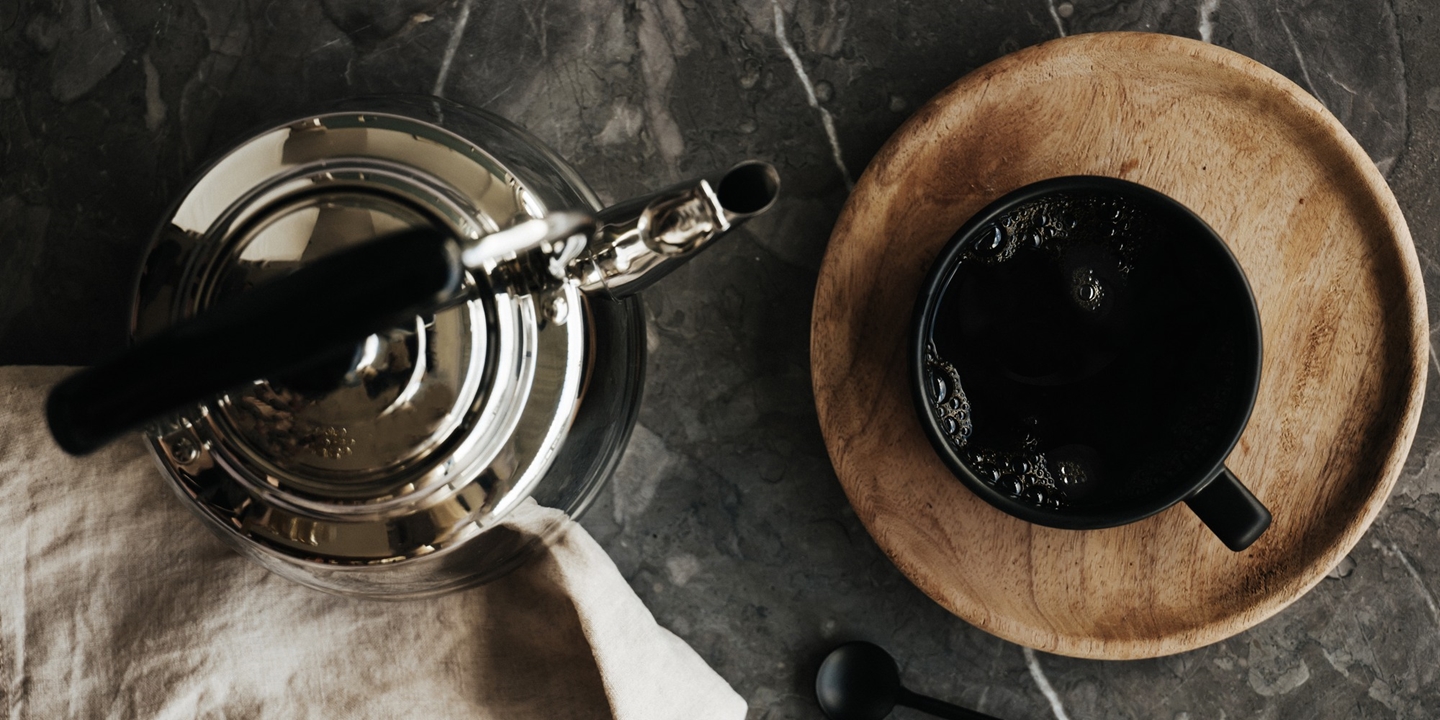The brewing method you choose will affect the taste of your coffee. Try out the various methods and find your favourite.
ELECTRIC COFFEE MAKERS
Always follow the manufacturer's instructions. When using an electric coffee maker, do not use more than the required amount as this will result in a bitter taste. The power output of the coffee maker should be above 1150 watts. A lower output brings out bitter compounds and tannic acid in the coffee.
Arvid Nordquist Reko, Eco and Albero are all ideal for brewing in electric coffee makers. Find out more about our filter coffee.
cafetière
Many coffee connoisseurs consider this method to be one of the best for brewing coffee.
Heat the water on the stove and remove when it starts to boil. Boiling the water for too long decreases its oxygen levels and gives the coffee less flavour. Add as many tablespoons/coffee spoons of ground coffee as the desired number of cups. Pour the water over the coffee and stir. Wait 3 to 4 minutes before putting the lid on and pressing the plunger down slowly.
Arvid Nordquist Reko and Eco are ideal for both electric coffee makers and the cafetière. Find out more about our cafetière coffee.
Percolator
Always follow the manufacturer's instructions. If you live in a hard water area, use a darker roast coffee.
Arvid Nordquist Reko and Eco are ideal for brewing in a percolator.
MOCHA
Unscrew the moka pot and fill it with water up to the valve, not above. Fill the filter with ground coffee and press it down lightly with a spoon. Screw the moka pot back together and place it on the stove. Remove it after 2 to 5 minutes when it begins to percolate. And you're done.
Grind Arvid Nordquist whole beans to a recommended grinding size and use in a moka pot.
BOILED COFFEE
Add amount according to manufacturer's instructions. Pour cold water over the coffee, bring to the boil and then remove the saucepan from the stove. Leave it for a few minutes.
Grind Arvid Nordquist whole beans to a recommended grinding size and use for boiling.
espresso
Follow the manufacturer's instructions. A real espresso is brewed in an espresso machine with 9 bar pressure. It takes between 20 and 30 seconds to get 300 ml of aromatic coffee. A well-brewed espresso is characterised by a golden brown foam called crema on the surface. Add some sugar on top of the crema. With a well-brewed espresso, the sugar will remain on the top for a while before sinking.
Try Arvid Nordquist Espresso Giusto in an espresso machine for a great taste experience. Familiarise yourself with our products.
FUNNEL/CHEMEX COFFEE MAKER
Using a funnel with a filter is underestimated, and a really good way to brew coffee. Add as many tablespoons/coffee spoons as the desired number of cups. Heat the water on the stove and remove when it starts to boil. Boiling the water for too long decreases its oxygen levels and gives the coffee less flavour. Pour the water into the funnel in intervals.
All our filter coffee – Albero, Reko, Eco and Amigas – can also be brewed with a funnel.
DON PEDRO (VACUUM COFFEE MAKER)
Coffee is placed in a filter between two stacked glass chambers. Cold water is poured into the lower glass container and coffee into the upper one. Place the coffee maker onto the stove. Remove it when the water begins to boil. The water that rises from the lower chamber to the upper one runs back into the lower one, which is then used to serve the coffee.
Arvid Nordquist Reko and Eco are also suitable for brewing in a vacuum coffee maker.


